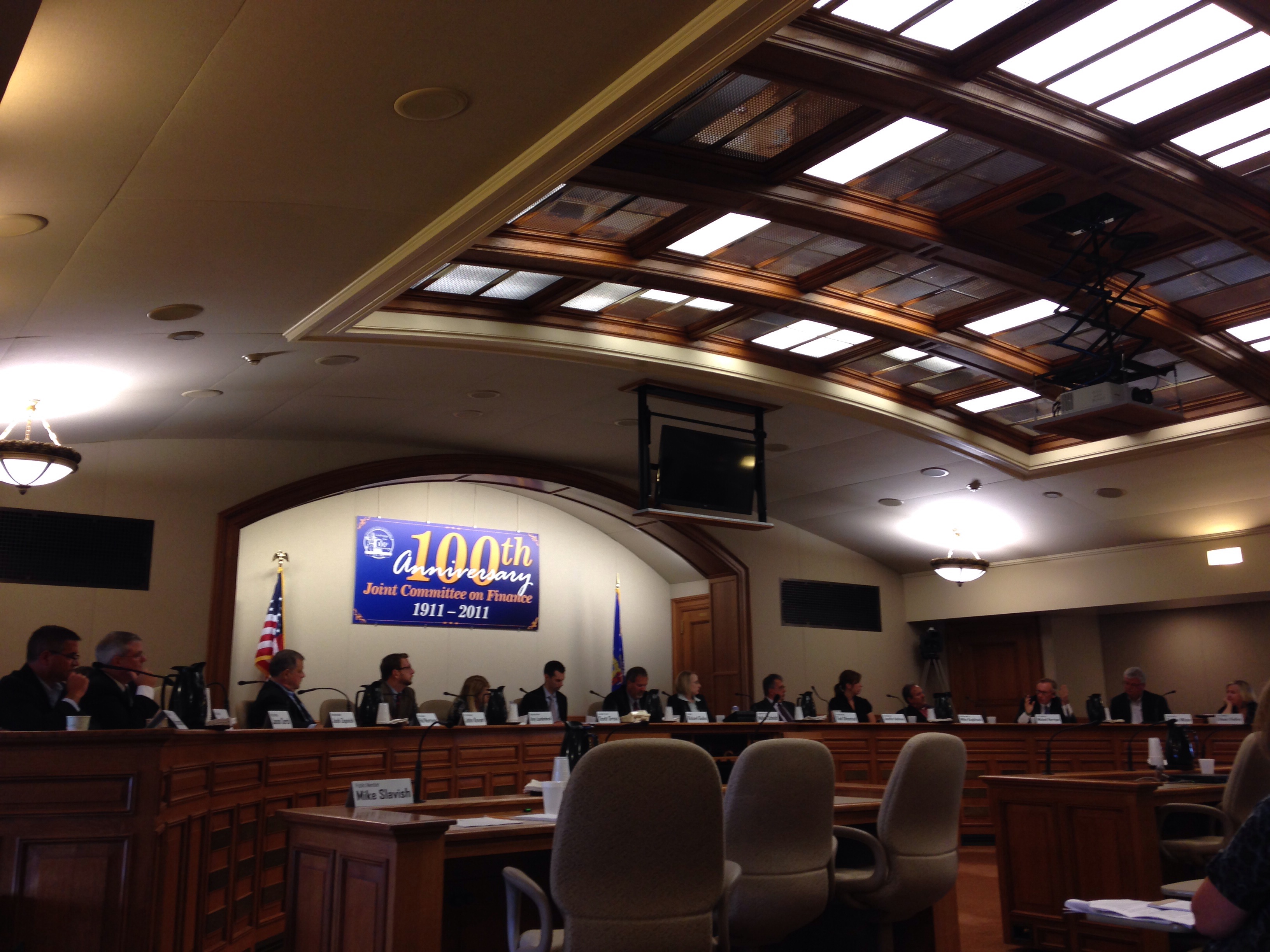
At the most recent meeting of the Legislative Council Study Committee on the Review of Tax Increment Financing (TIF), legislators and public members discussed bill concepts they would like drafted for review prior to the upcoming legislative session. A bill draft does not equate to approval of the concept; the drafts are preliminary and do not necessarily move forward.
The committee discussed the following:
- “But for” Test: Current law allows for tax incremental financing when developments would otherwise not occur without receiving public assistance through TIF. Some members on the committee prefer to keep the “but for” test, but others suggested changing the language to “public purpose” instead of “public investment”. The committee agreed to leave the current “but for” language.
- “Blight” Definition: The current definition of a blighted area was debated among members to see if it needed further clarification in state statute. The committee agreed to leave the definition as is.
- The 12% Rule: a controversial topic among committee members. Current state statute says a city or village cannot create a new TID if the equalized property value of a proposed TID plus the value increment of existing TIDS in a municipality exceeds 12% of the total equalized value of taxable property. Some believe making communities stick to 12% or below is a punishment for communities that are successfully developing property, while others believed lowering the percentage would limit the number of distressed districts.
In the end, the committee agreed to see legislation drafted that raised the percentage to 15%, and allowed a “Plus One” option, where a Joint Review Board (JRB) could approve one TID after the municipality had exceeded 15%.
- Joint Review Boards (JRB): The current time a JRB has to approve a TID is 30 days. The committee agreed legislation should be drafted that extended the deadline to 45 days.
- Levy Limits: Wisconsin law allows few exceptions to municipalities increasing levies, and one of them is in regards to a TID. Currently, a municipality can increase its levy after the termination of a TID by 50% of the terminated TID’s value increment. The committee proposed legislation that would allow the levy to increase by 85% of the value increment of the terminated TID.
The committee also agreed to see legislation to lengthen the time a municipality has to use a levy increase after a TID is terminated to three years. Current statute requires municipalities use the levy increase immediately after a TID’s termination.
- TIDs in Crisis: Special rules apply to TIDs that are considered distressed or severely distressed, a categorization of TIDs that was created in response to the recession. A law will sunset these categorizations on October 1, 2015. A proposal by the committee asked for drafted legislation on an automatic base reset if redevelopment TID goes into decrement. Another proposal included repealing the sunset on TIDs declaring to be distressed or severely distressed.
- Clarity of TIF Statutes: Commonly thought to be a major area of review for TIF related statutes is improving the clarity of current TIF statutes. The Legislative Council has agreed to a general recodification of the TIF statutes.
Other items still being considered include: donor TIDs; mixed-use and town TIDs; TIF “type,” including the possibility of SuperTIF; the TID creation and amendment process; project planning; annual reports; TIF data collection; and best practices.
These topics will be subject to debate at the next TIF Review Study Committee meeting at 10:00 a.m. on October 9, 2014, in Room 412 East of the Wisconsin State Capitol.